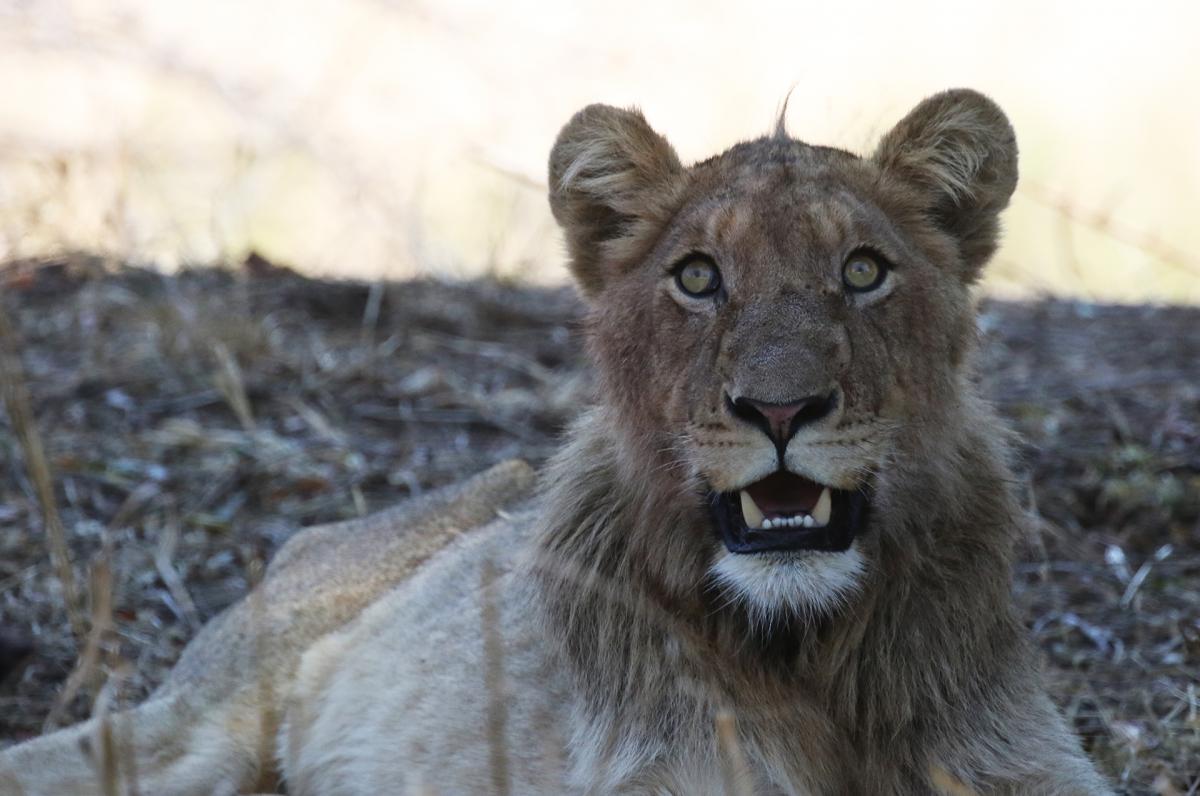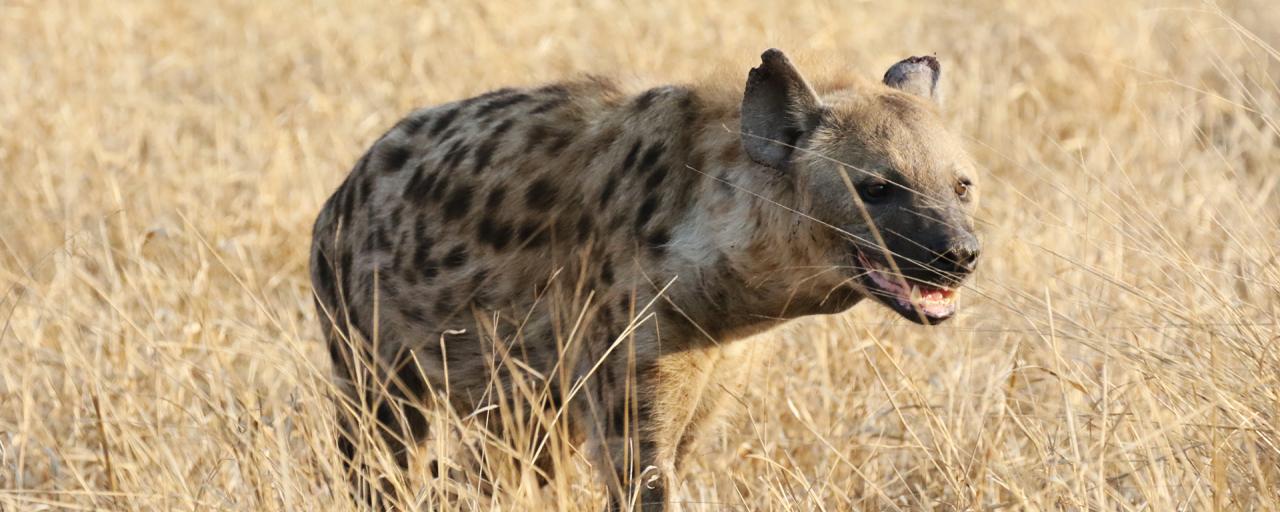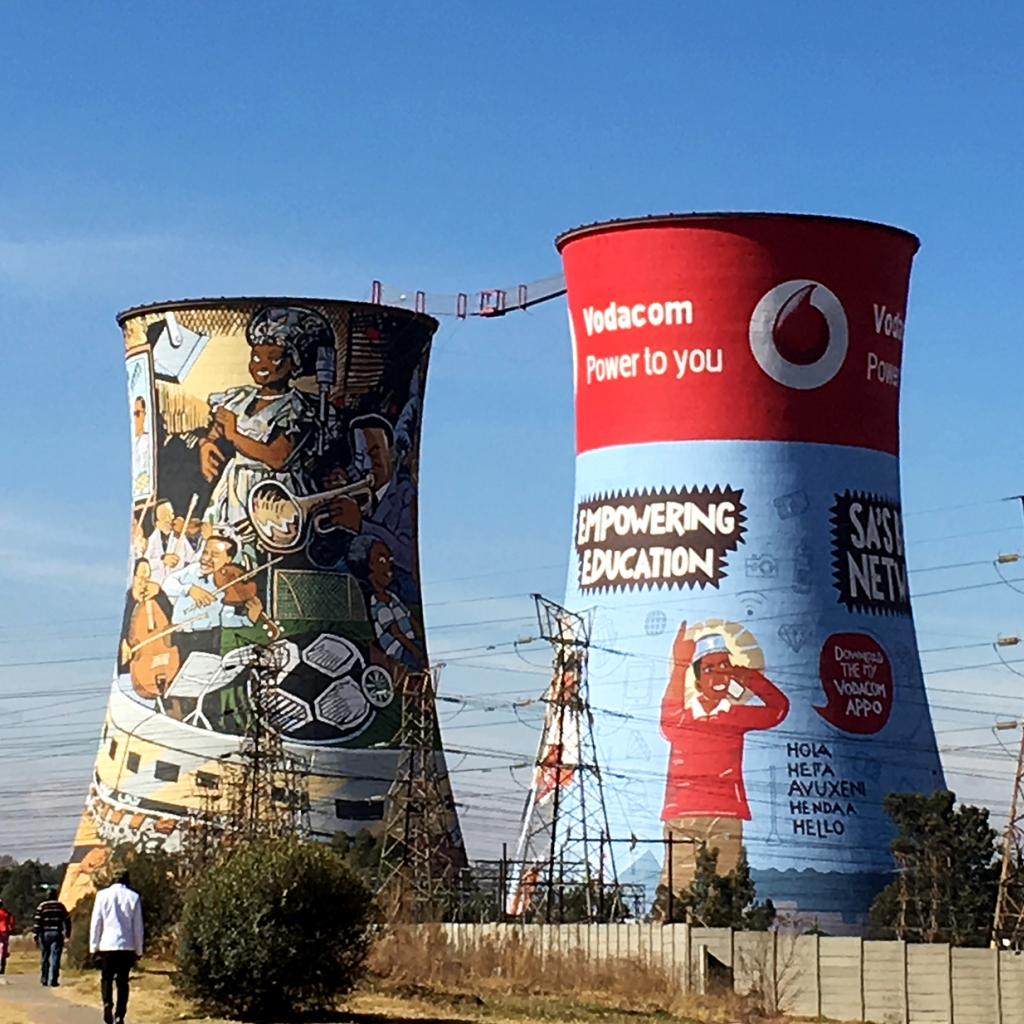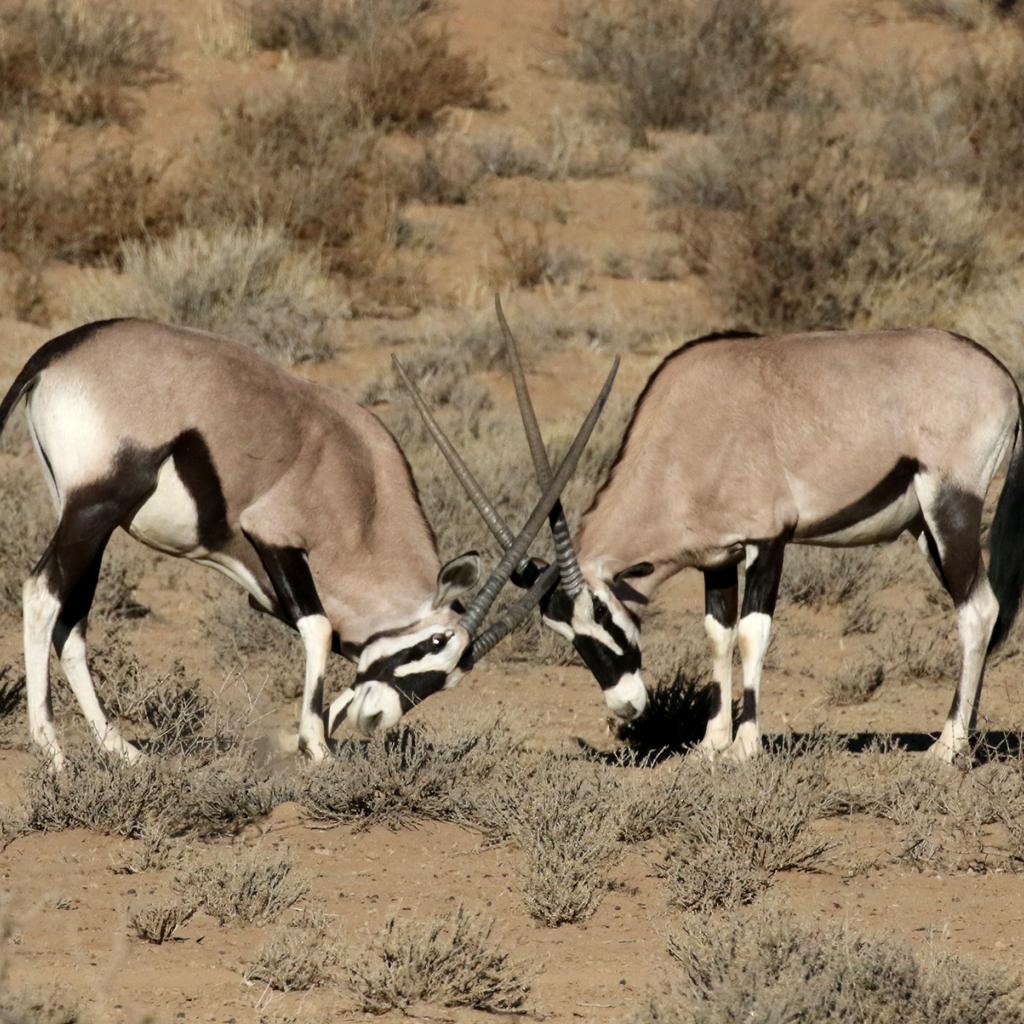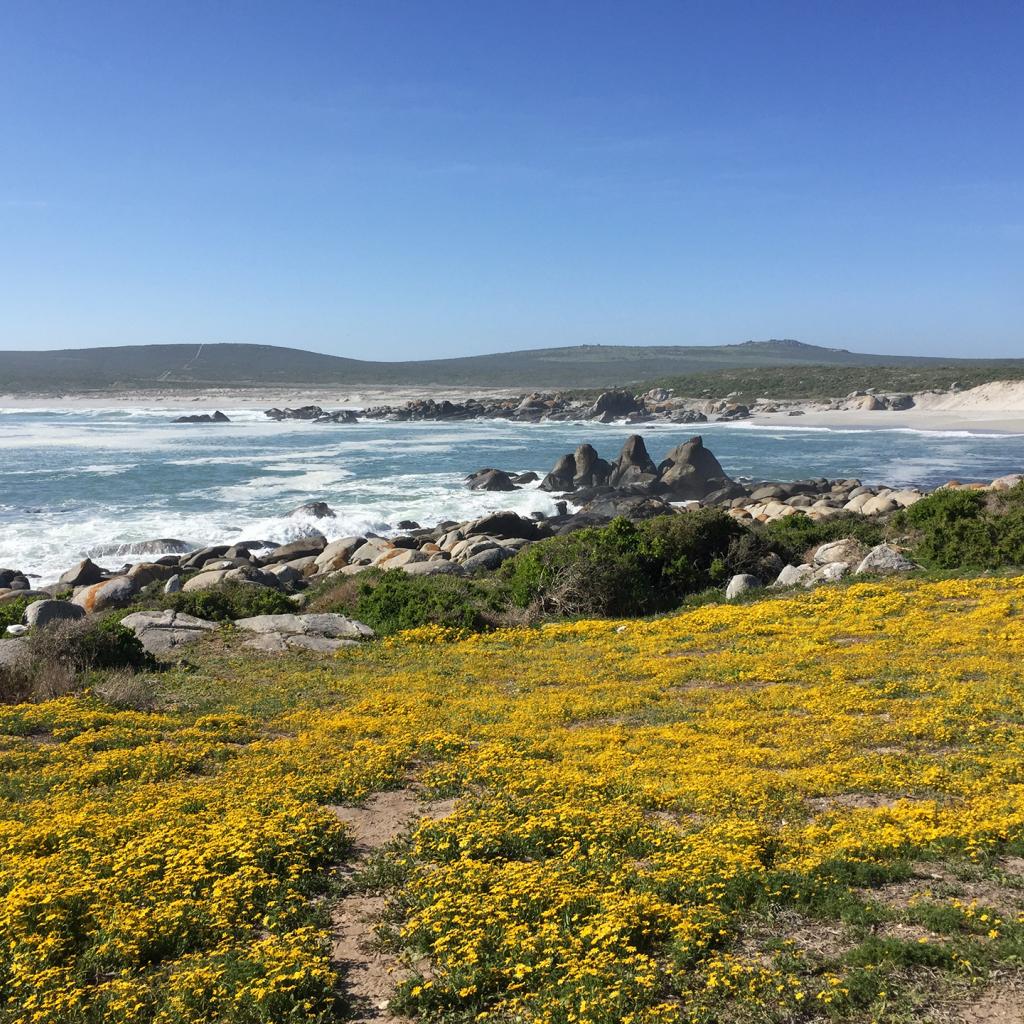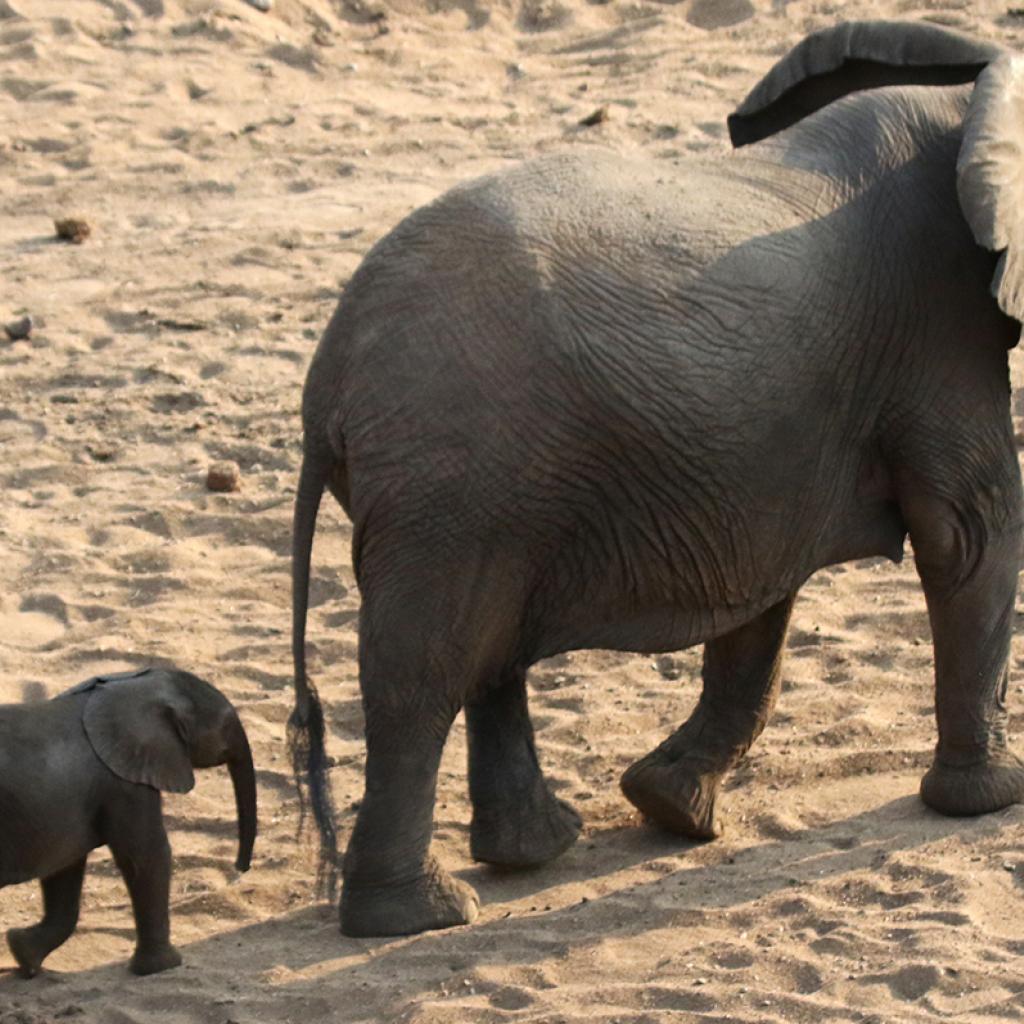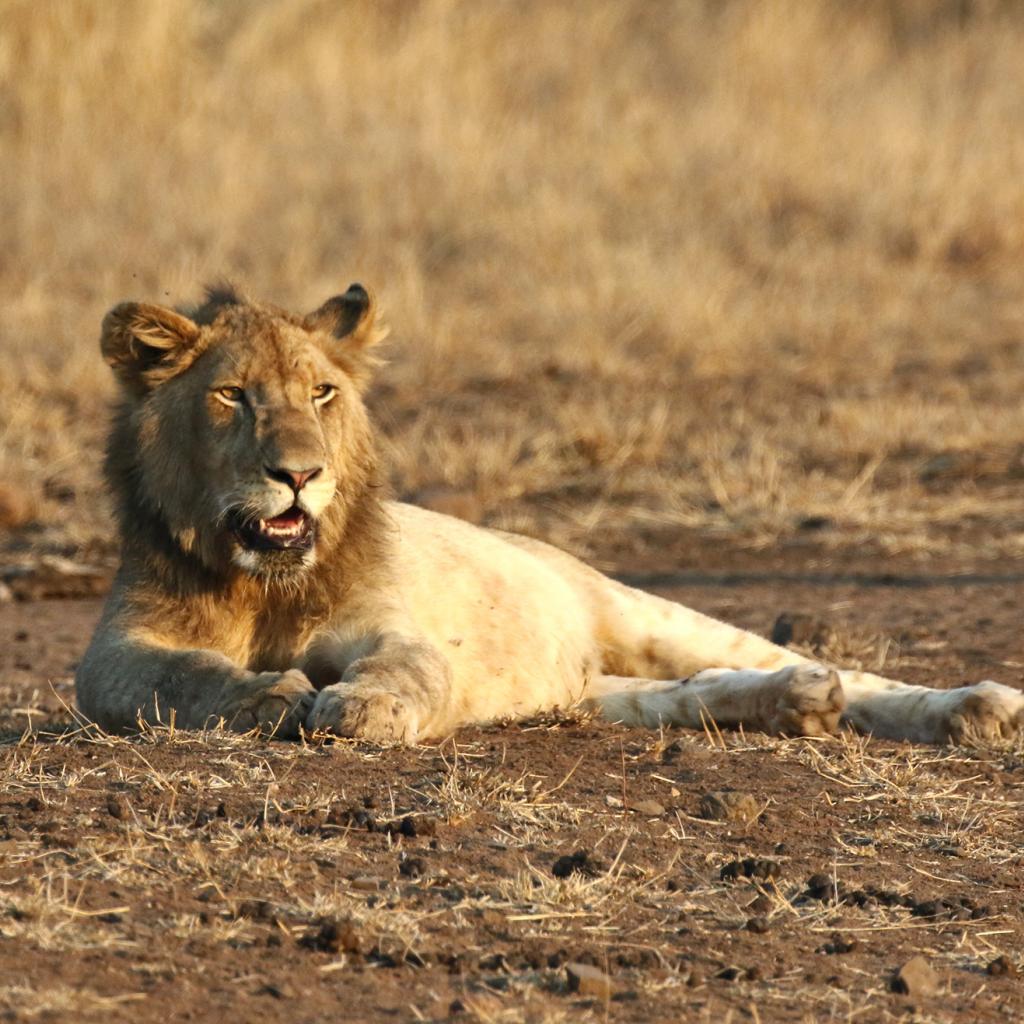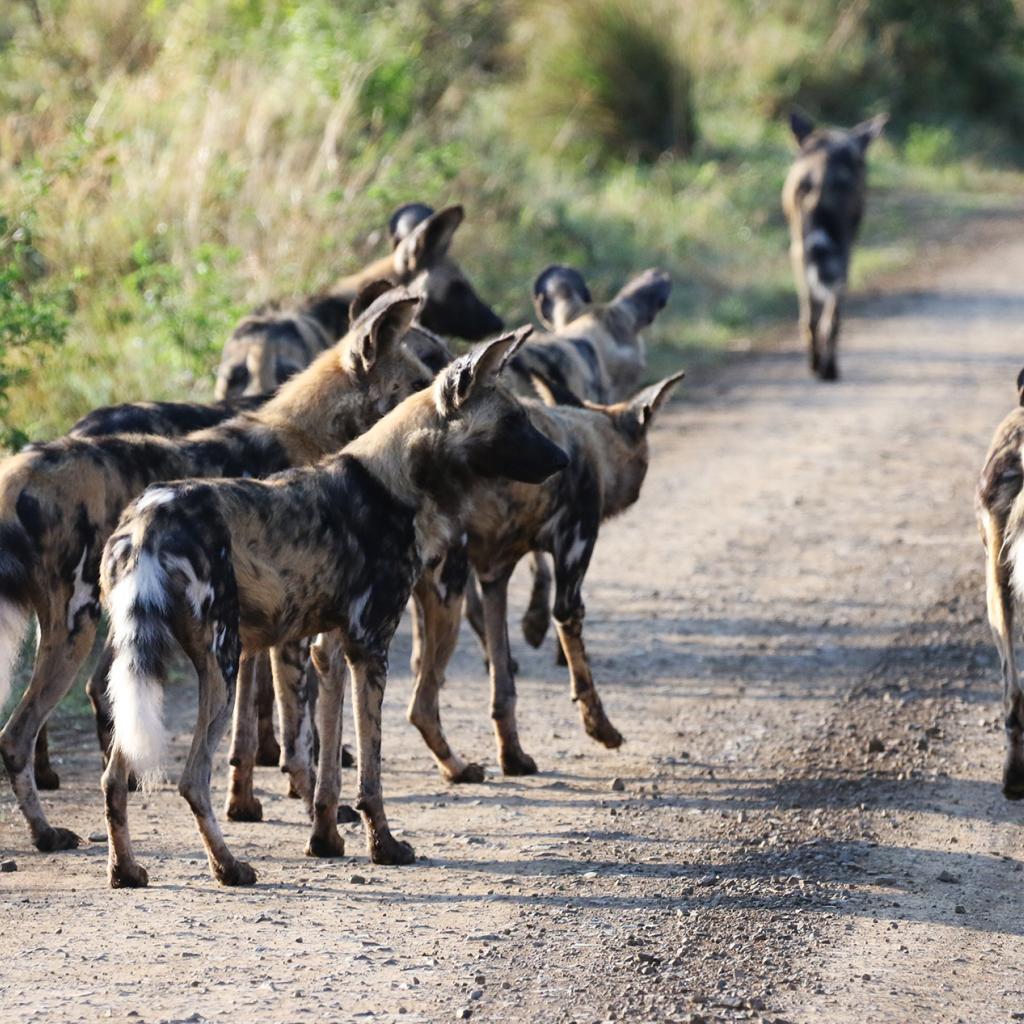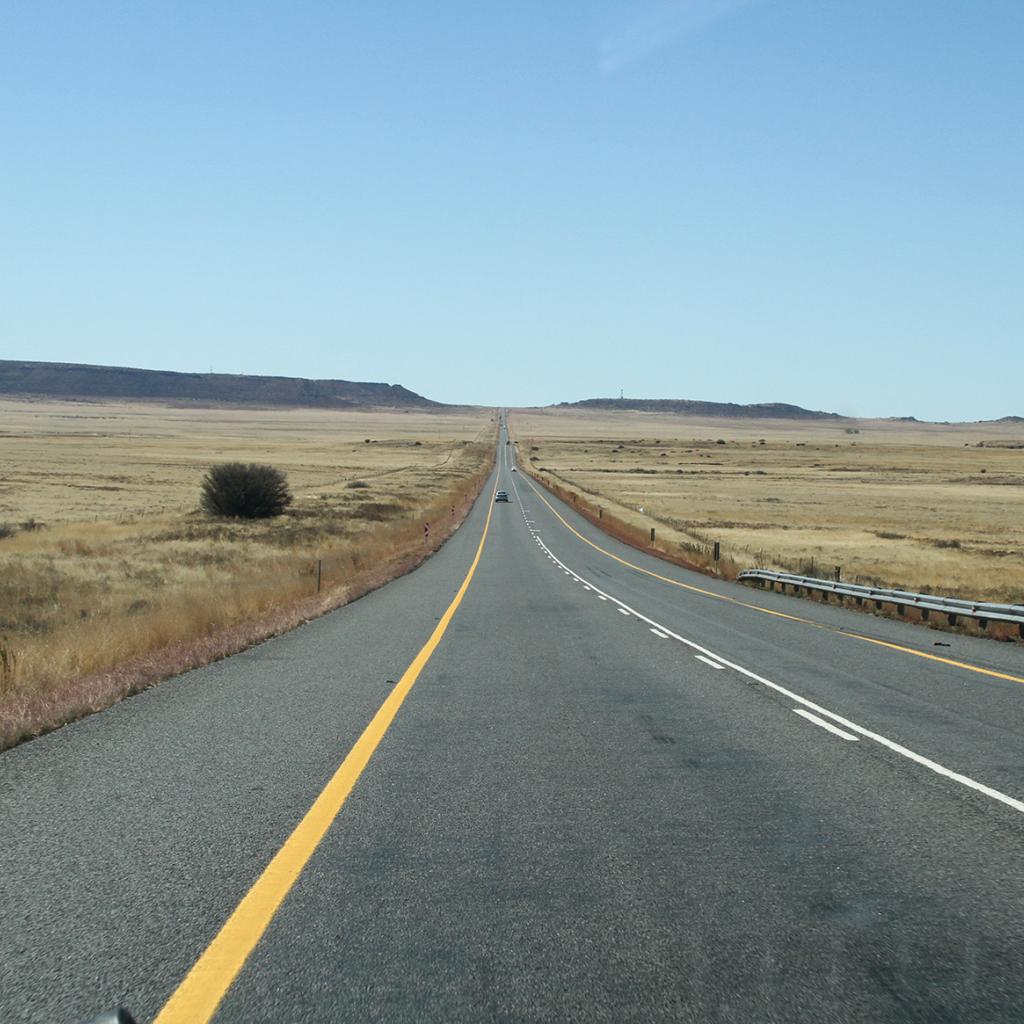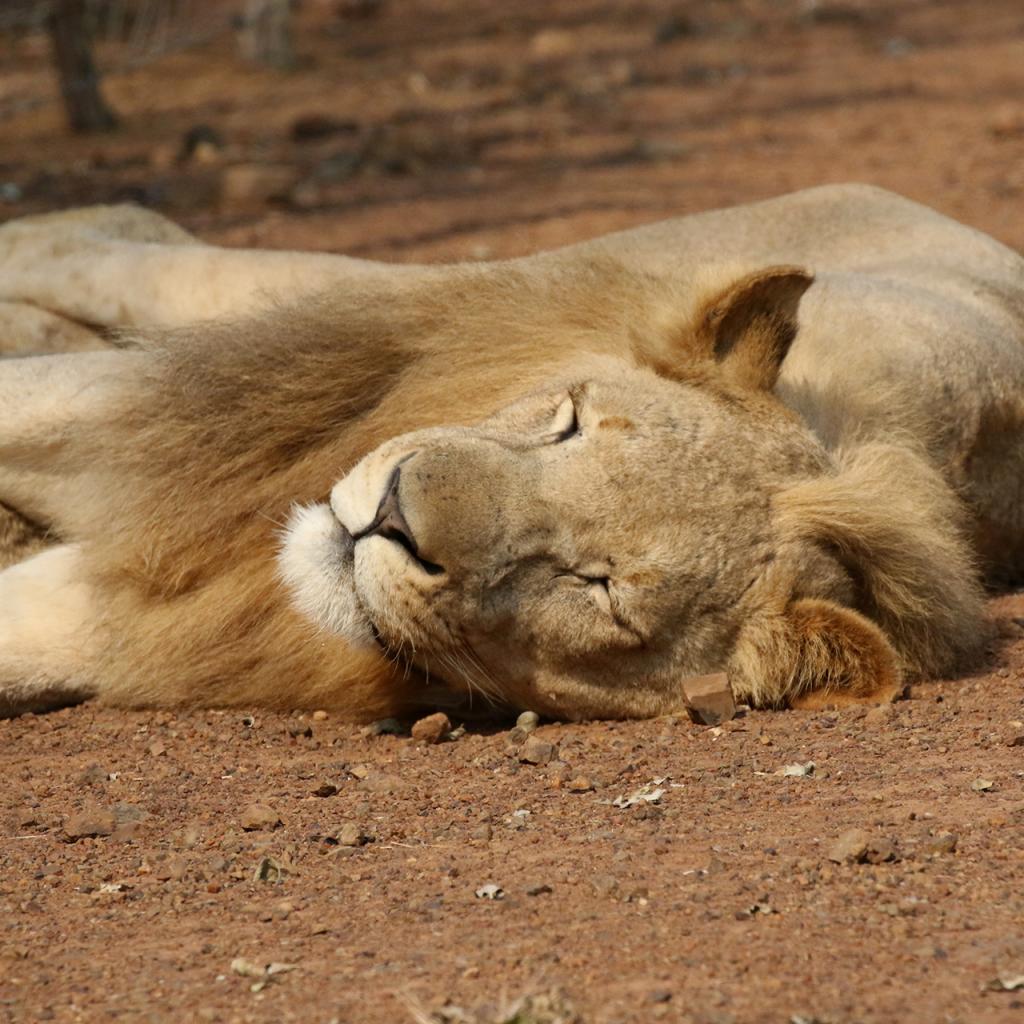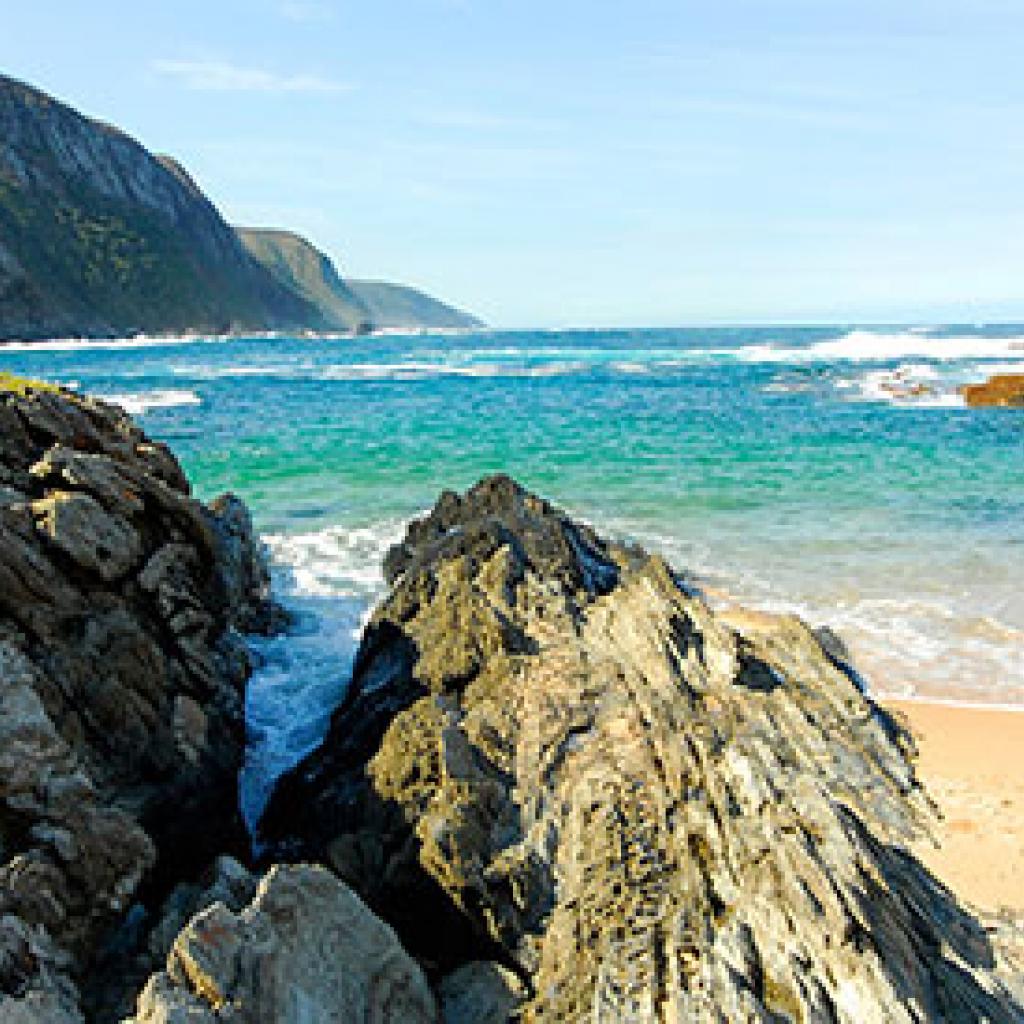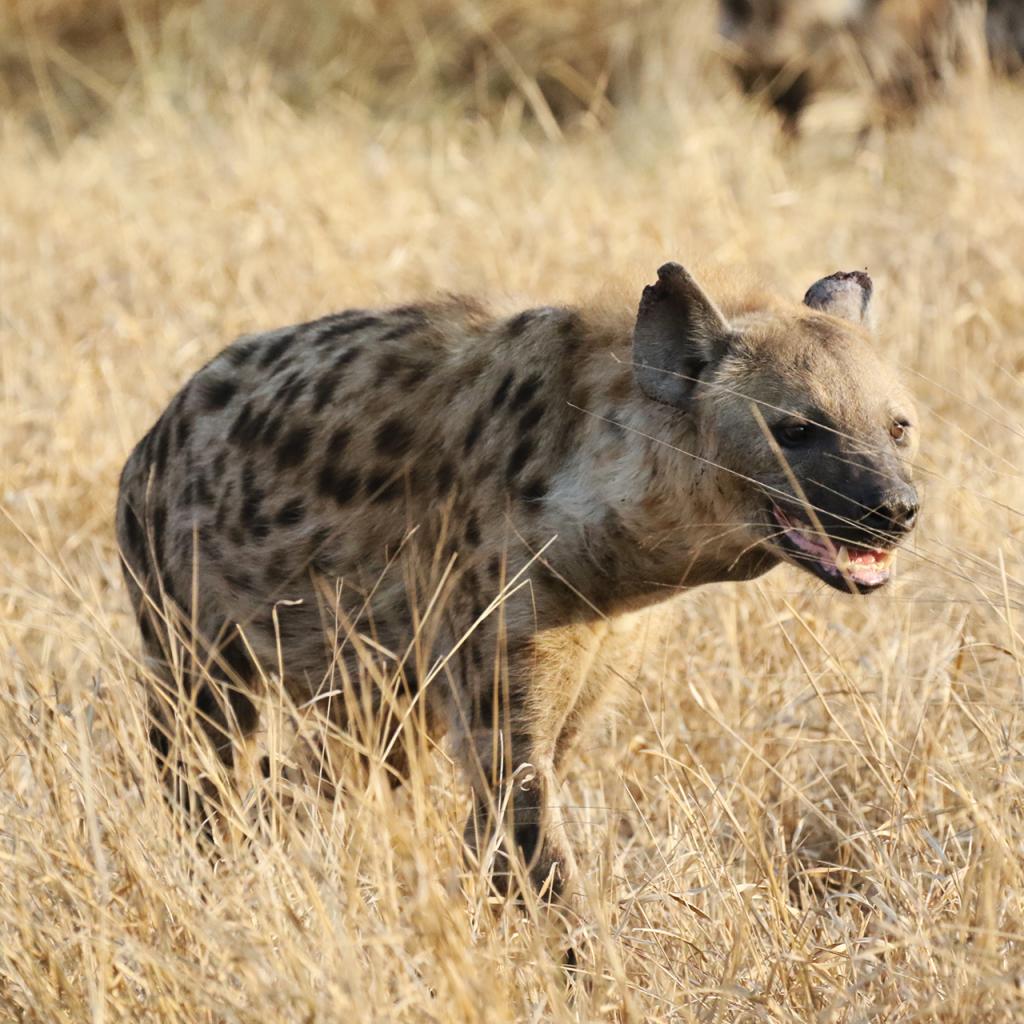We love South Africa and have been visiting it for several years, now it is very easy for us to organize a trip to this wonderful African country, but I would like to share some advice for those who are organizing their first trip.
Here are some tips on how to plan, book, travel around the country, where to go, what to avoid and what not to miss in South Africa.
The ideal time for a trip to South Africa
South Africa is a very large country, crossed by the Tropic of Capricorn and has different habitats that, in turn, have different climates; so it can be said that there is no real better time to visit South Africa but, depending on the area you want to visit, there are better and worse months from a climatic point of view.
The Cape Peninsula, where the city of Cape Town is also located, in the Western Cape province, the climate is similar to the Mediterranean, but the seasons are reversed compared to those of the Northern hemisphere; therefore the best months are the summer months: from December to March, the air and water temperatures are higher and the days are longer; while for whale watching the best period is from June to November.
The Northernmost part of South Africa, where the city of Johannesburgis located, the Kruger National Park and the provinces of Limpopo, Mpumalanga, Gauteng and North West have a more tropical climate but damped by the arid Kalahari Desert that lies nearby, so the summers (December to March) are warm and a little wet while the winters (June to September) are mild and dry.
The Easternmost area of South Africa is the area that has the most typically tropical climate, the summers (from December to March) are hot, humid and rainy while the winters (from June to September) are sunny and, even if only minimally, damp; here is the iSimangaliso Wetlands Park, a large natural area that protects over 200 km of coastline to the border with Mozambique.
Moving away from the coast the climate is always less humid and rainy, in this last area is the Hluhluwe-iMfolozi National Park and we are in the province of KwaZulu-Natal.
In the Western part of the province of KwaZulu-Natal there is the mountain range of the Drakensberg where in winter (from June to September) the climate is rigid and it often snows and the temperature drops below zero, while summer (from December to March) it's milder.
Finally, the area located North of the Cape Peninsula, the Northern Cape province has a semi-desert climate, winters (June to September) are cooler, or cold in the far North, but rainfall is scarce, while summers (December to March) are hot and sunny; here is the flowered desert of the Namaqwa, or Namaqua, the Kgalagadi Transfrontier Park, the Karoo National Park and several other conservation areas.
Planning a trip to South Africa
Planning a trip to South Africa is not easy, but the reason is not because South Africa is a difficult or complicated country, but because there are so many natural, cultural and historical wonders to discover that it is not easy to make a choice.
Often those who approach South Africa for the first time opt for a classic itinerary: Cape Town, Garden Route and Kruger National Park; this route embodies South Africa's most iconic destinations but is certainly not exhaustive.
Many, like us, fall in love with this country and return several times, and each time we discover new wonders: the Kalahari desert basin, the Karoo desert area, the tropical Eastern area, the central plateau, the Drakesberg mountains , the countless nature reserves and national parks where you can go on safari, trekking, hiking, canoeing and more, the areas that have made the history of this young country, the Western rocky coast and the Eastern beaches, the whales that approach the coast on winter months, Cape Town with its trendy clubs and townships, the urban area of Johannesburg that includes many neighborhoods, each with its own personality, the Crandle of Humankind where the remains of some hominids were found, the local populations, such as the Zulu, the Ndebele, the Xhosa and many others who, even today, are strongly linked to their tribal culture, the wine area on the Cape Peninsula that presents the most beautiful examples of the Dutch Cape architectural style, and much more.
Difficult, very difficult, to choose and impossible to see everything in a single trip, so, like me, you'll find yourself wanting to keep coming back to South Africa.
Self-drive trip to South Africa
South Africa is a relatively easy country to visit, it has a well maintained road network and almost all roads are in good condition; this makes it easy to drive by yourself, in fact the self- drives are very widespread, a foresight though: driving is on the left, so if you are not accustomed to driving in the other direction you need to pay a little attention, especially on the first days.
But which car to rent in South Africa? It depends on the chosen itinerary and what you want to visit.
For the main roads of the country you can rent a normal car or a SUV, the roads are paved and in good condition; even to enter some national parks you do not need special cars.
But if you intend to take an adventurous journey, take secondary roads or lose yourself on the Drakensberg mountains, on the coastal sands of the iSimangaliso Wetlands Park or on the slopes only for 4x4 of some national parks and reserves, such as at the Karoo National Park or at the Kgaladadi Transfrontier Park, you need to rent a 4x4 SUV to make sure you can travel on any type of terrain.
Organized trip to South Africa
Although South Africa is an easy country to travel to, some travelers prefer an organized trip for different reasons: fear of a country they don't know, little knowledge of English, desire to not have to think about anything about the organization and enjoy only the journey, desire to have a guide always with you and more.
In this case you can organize the trip in two ways: go to an Italian agency and buy a package from a tour operator, but in this case the risk is to participate in a group trip a little too superficial and a little too much on the run, in my personal opinion; or you can choose to organize your trip with a local guidewho knows the country well and who can help you discover its wonders, but in this case you need to be well informed about who you rely on for the organization.
Which means of transportion to use in South Africa
The best way to visit South Africa is undoubtedly by car, be it a normal car or a 4x4, on self-drive or with a guide, it allows you to reach every place and admire all the beauties of the country.
In order to move quicklier from one part of the country to another, it may be useful to use the plane.
The main airports, where most of the intercontinental flights land, are Johannesburg and Cape Town; but in the country there are several other airports that allow you to reach the main destinations: Durban, Port Elizabeth, Nelspruit just to name a few.
Finally, many private nature reserves have their own runway to land small planes or helicopters to bring their guests directly to the reserve from the main cities and airports.
In South Africa there is a service of collective buses, they are found everywhere and they go everywhere, the problem is just to understand where they are going; in fact, there is a complex system of signs to indicate drivers their destination.
Usually they serve urban and suburban areas, but they never make long distances; they are characteristic and typical but are usually used by locals and not by foreign travelers and not only for the complexity of understanding how to use them, but because they may not always be safe.
Activities to do in South Africa
Undoubtedly South Africa is famous for its safarisand the Kruger National Park is its most famous park, but there are many national parks and nature reserves, each with its own characteristics and peculiarities; there is only the embarrassment of the choice.
South Africa is a popular destination even for those who practice surfing; its ocean waves are perfect for those who practice this sport and many surfers come here every year.
Even those who love other water and outdoor sports in general can find many options in South Africa given the presence of different habitats and types of territory.
For those who love cultural experiences, they can discover the local traditions of the tribes still present and keeping their culture alive, as well as the recent and troubled history of the country, but also get carried away by the contemporary artistic ferment.
What to see in South Africa
It is very difficult to make an exhaustive list of what can be seen in South Africa, not only for the size of the country but also for its countless wonders.
Below what to see in South Africa divided by the nine South African provinces:
What to see in Free State province
What to see in the Gauteng province
What to see in the province of Limpopo
What to see in the province of Mpumalanga
What to see in the KwaZulu-Natal Province
What to see in the Western Cape province
What to see in the Eastern Cape province
What to see in the Northern Cape province
What to see in the North Western province
Taking Safaris in South Africa
South Africa is one of the best destinations for safari tours; there are many national parks, nature reserves and private reserves where you can go in search for wild animals and wonderful landscapes.
How to carry out safaris in South Africa:
Self-drive safari
In all national parks and in many nature reserves it is possible to go on self-drive safaris, this means that you can enter these areas with your rental cars and start exploring the area, always respecting the rules for a safe safari and respecting nature.
The pros are that you can manage your own time and plan where to go based on your interests; the cons is that, if you are not used to sighting animals, you risk not seeing anything because it seems simple, but it is not at all.
Safari with a guide in national parks
In the national parks and in some nature reserves the rangers organize guided safaris, it is a good way to discover the natural area and get to know it better even in view of a subsequent self-drive.
The pros are that the rangers know the territory and the habits of the animals that live there, they are more facilitated in finding them, they are also very good at sighting so they are able to see much more than anyone else, finally, in some parks, they do safaris in times that are forbidden to self-drives, such as before sunrise and after sunset, so you can see the park at a different time and you have the possibility of spotting twilight and night animals.
The cons are that the ranger safaris have predefined schedules that must be followed and, almost always, are shared with other people who may have different interests than your own.
Safari in private reserves
In South Africa there are many private reserves and only those who stay in the reserve can go on safari in its territory; usually these safaris are not self-drive but guided.
The pros are that you can access exclusive and usually very rich areas of animals, the guides know very well the habits of the animals and they know where to find them so the sightings are practically assured, the safaris have a higher quality than those of the national parks and also the treatment is decidedly different; the cons are that private reserves are very expensive and exclusive and sometimes one has the feeling of being in a somewhat built situation.
What not to do or what to avoid in South Africa
There are some activities that should be avoided during a trip to South Africa, the main ones below:
Don't go where they make you play with little lions in South Africa
Avoid structures that allow very close contact with wild animals, especially lions; even if you are told that once you become an adult you are released in nature this is not true.
Once a feline like the lion gets used to contact with men, it no longer fears them and this can lead to attacks on its part against us with unpleasant consequences for the animal.
The lions of these structures will never return to nature but, once they become adults, they are suppressed or brought to the game reserves to become the trophy of some rich hunter.
These lions are known as "canned lions", so if you look on Google I am sure you will abandon the idea of visiting these places.
Do not visit the townships in South Africa alone
Visiting some townships like Soweto at Johannesburgis certainly an interesting and exciting experience and, in my opinion, one cannot fully understand the socio-economic situation of South Africa if one does not even know the reality of the townships and the events of the past that led to the their creation.
In the townships live many honest people who have a job or who try to earn some money to provide for their family, there are people who can improve their situation, but there are also people who succumb; unfortunately, as it often happens in these situations, a tourist can be seen as a wealthy person and there may be episodes of theft or robbery if you are alone.
Much better to visit the townships with a guidewho knows how to move, who speaks the local language and who knows people, and will also be able to transmit a series of information and emotions that are part of the experience.
We in the townships have always found wonderful people, smiling, despite their condition, and curious to know something about us, but we always went with a local guide.
Don't break the rules in national parks
In national parks, when entering to go on safari, there are a series of rules to follow in respect of nature; follow these rules and do not damage the environment and do not put wild animals at risk
Documents needed to enter South Africa
To enter South Africa it is sufficient to have a passport with a residual validity of 6 months and two free pages to be able to put the stamps; for European citizens it is not necessary to get any visa and you do not have to pay for entry.
